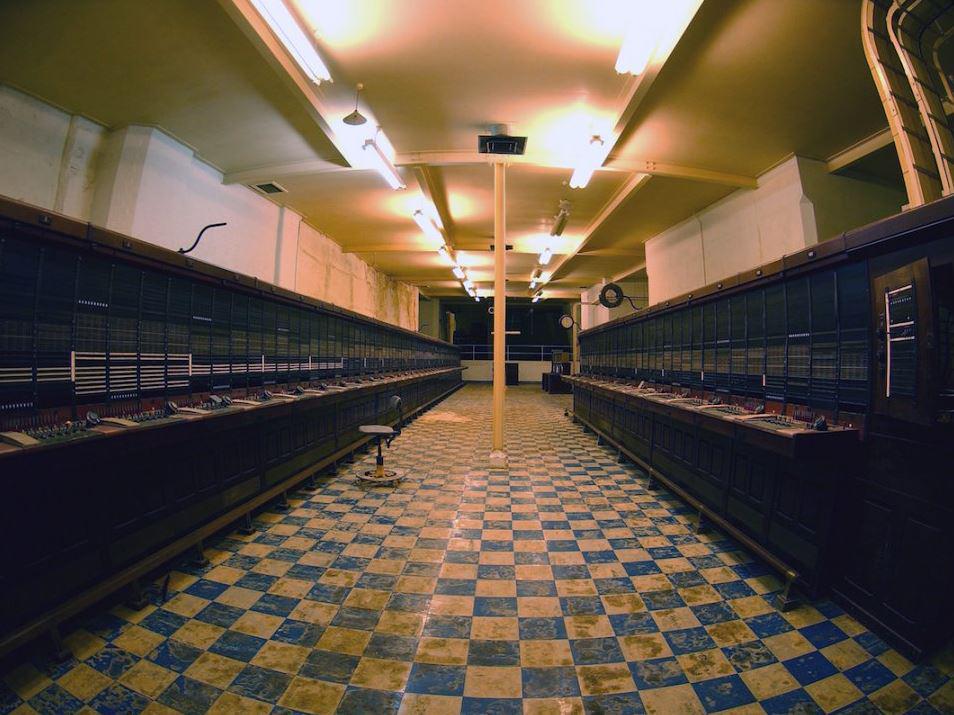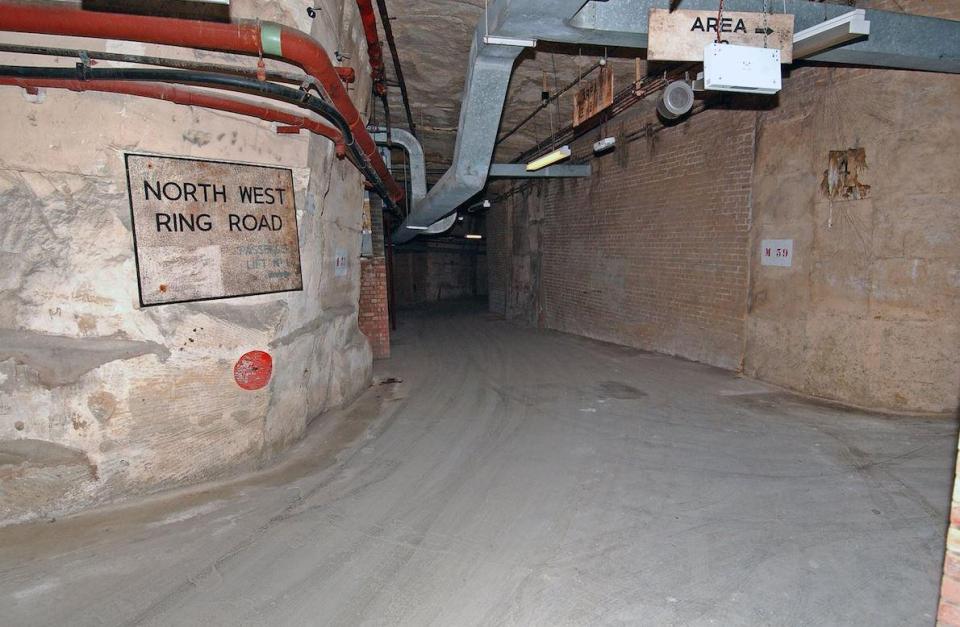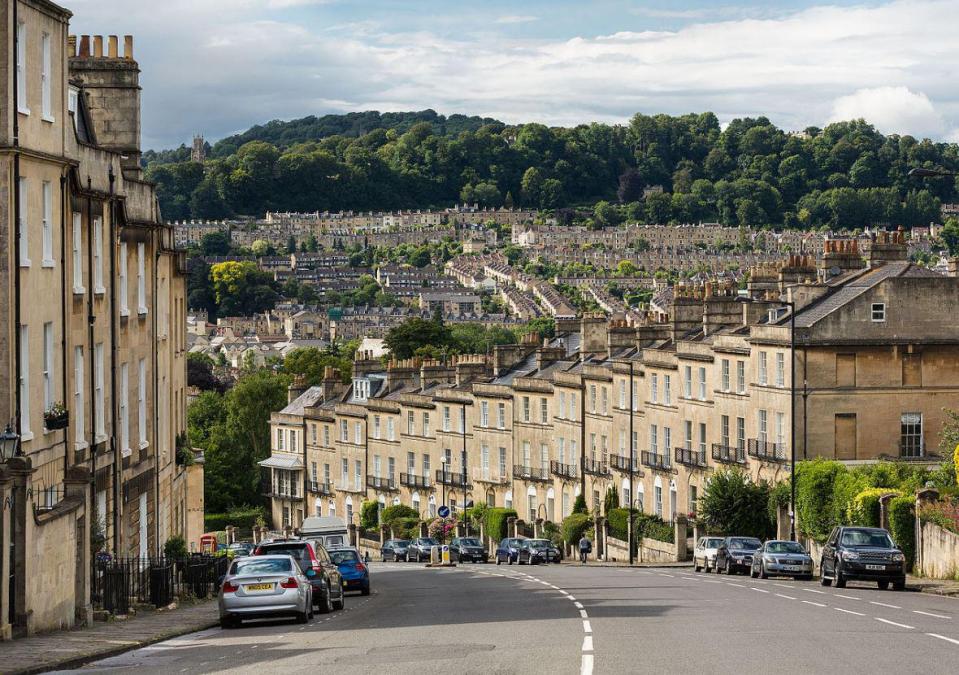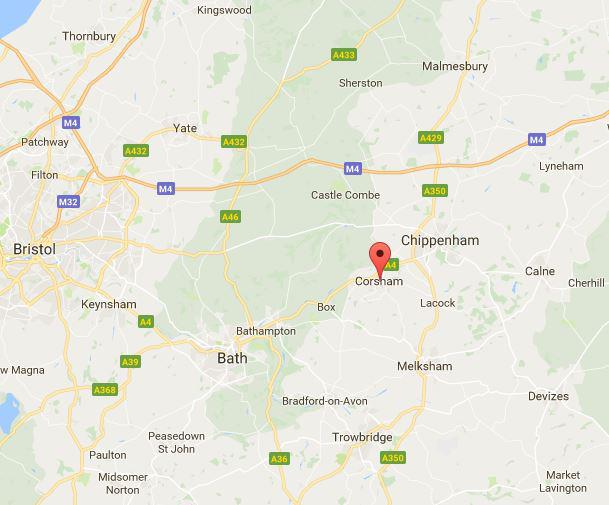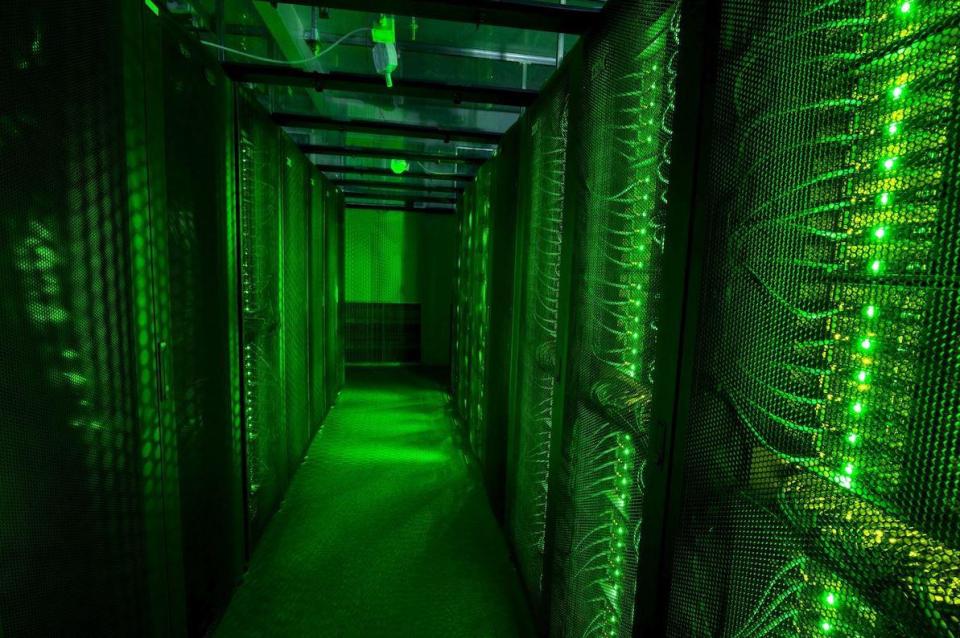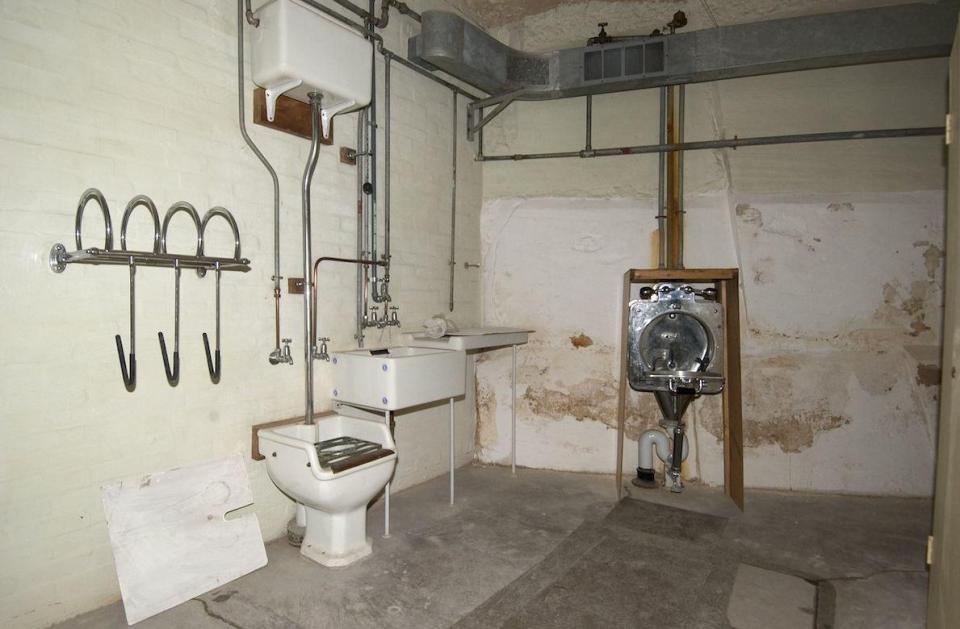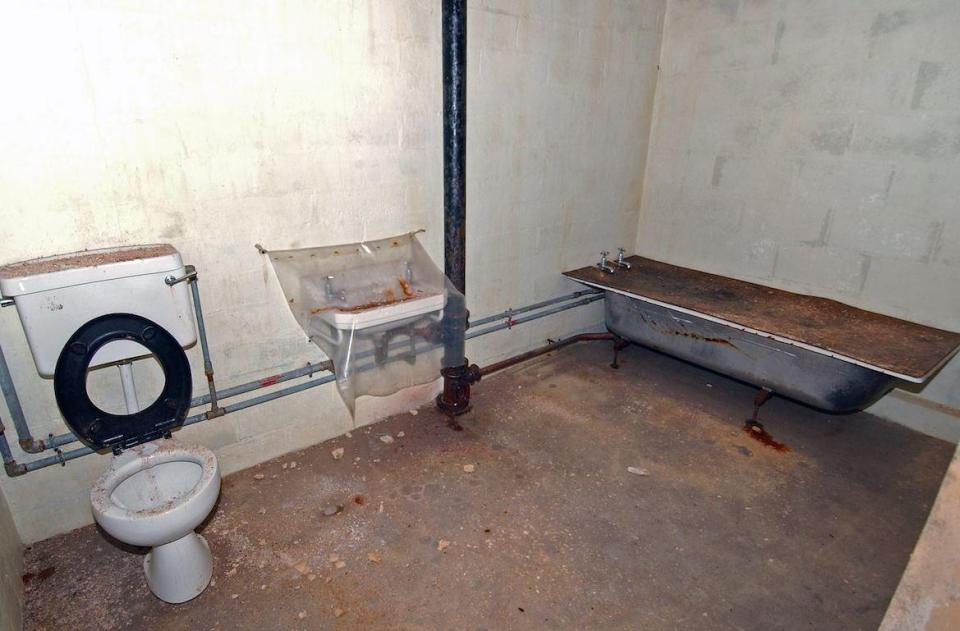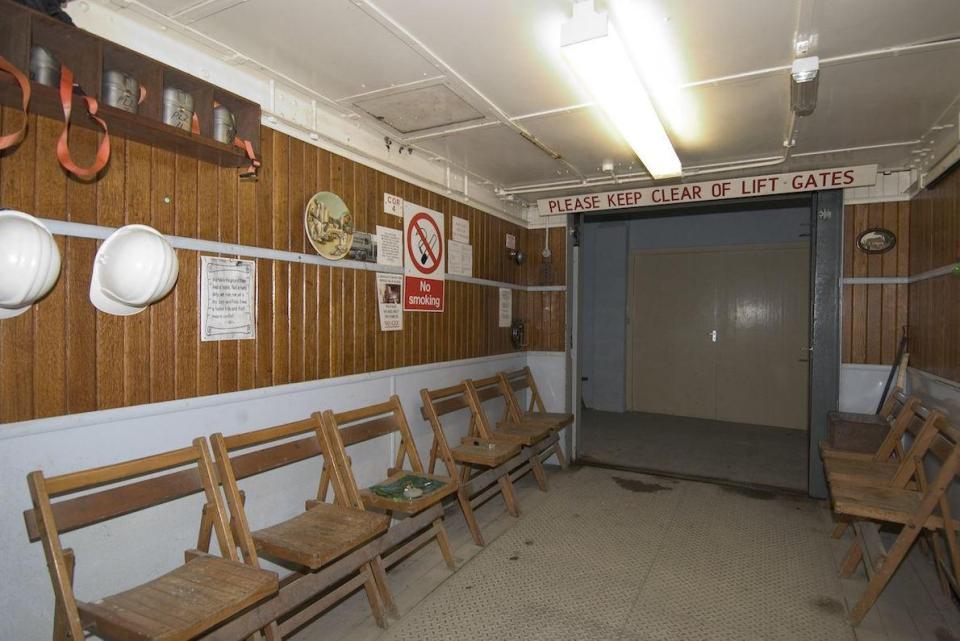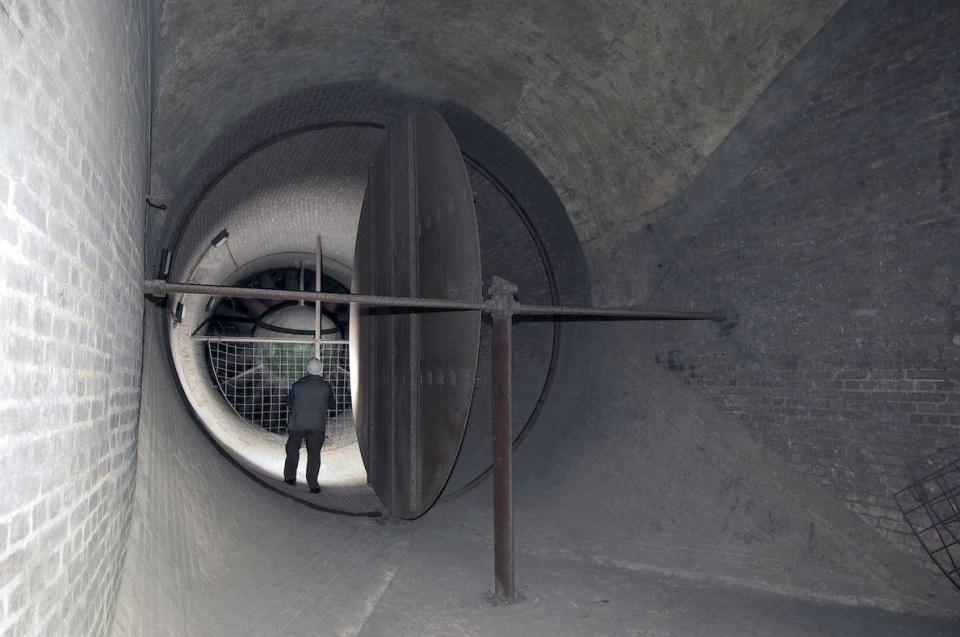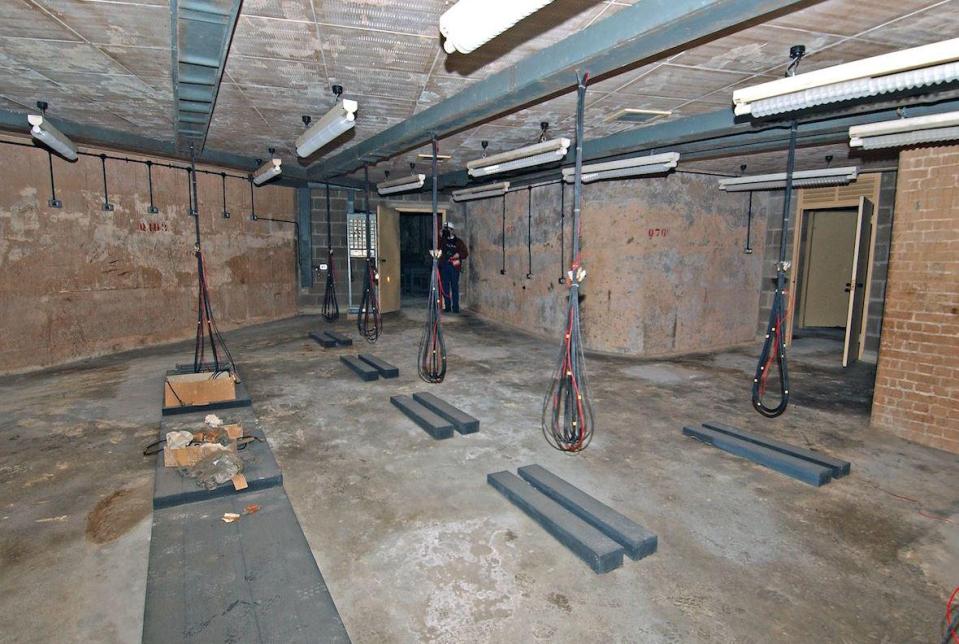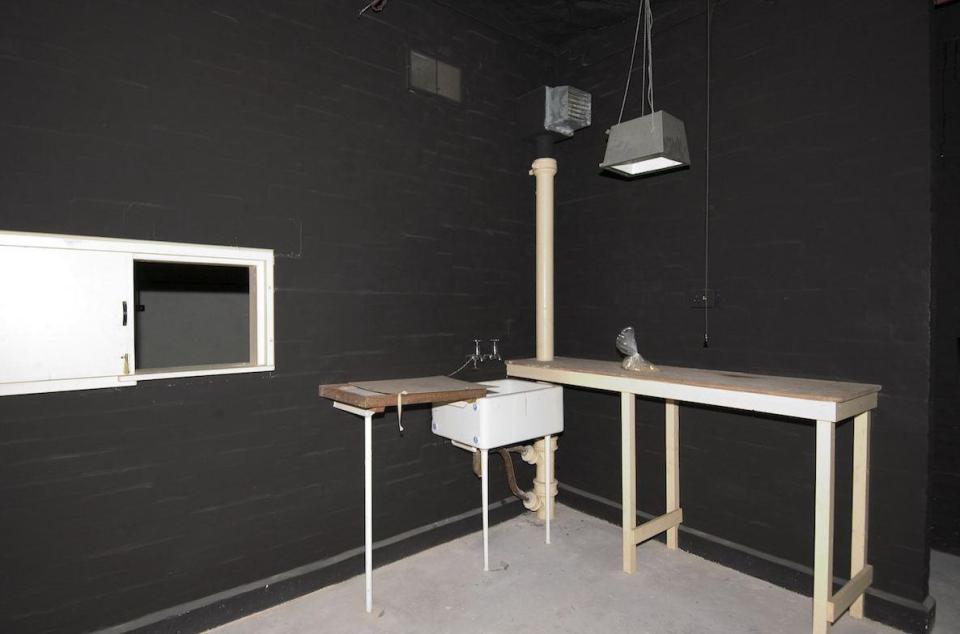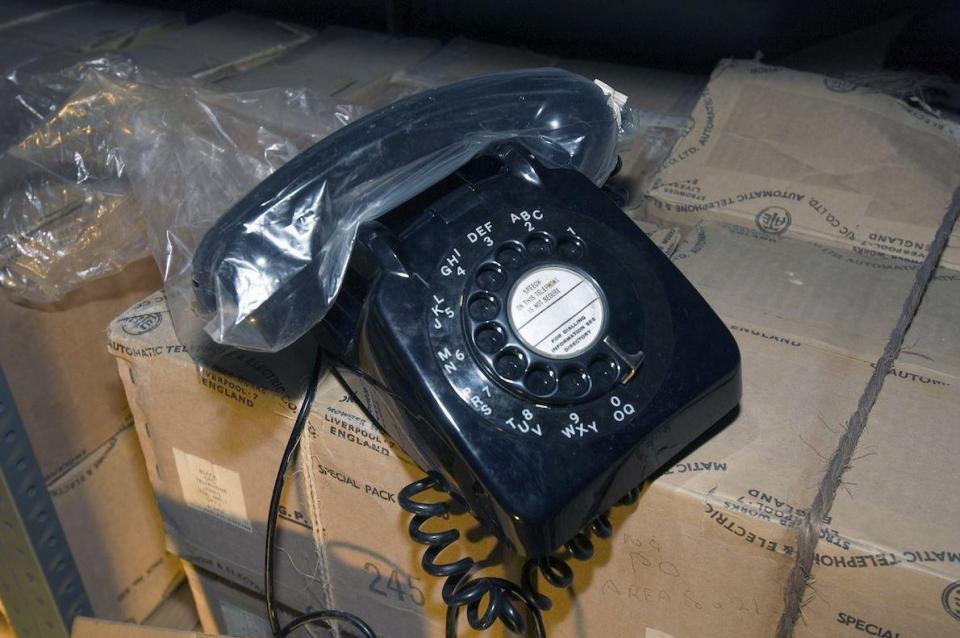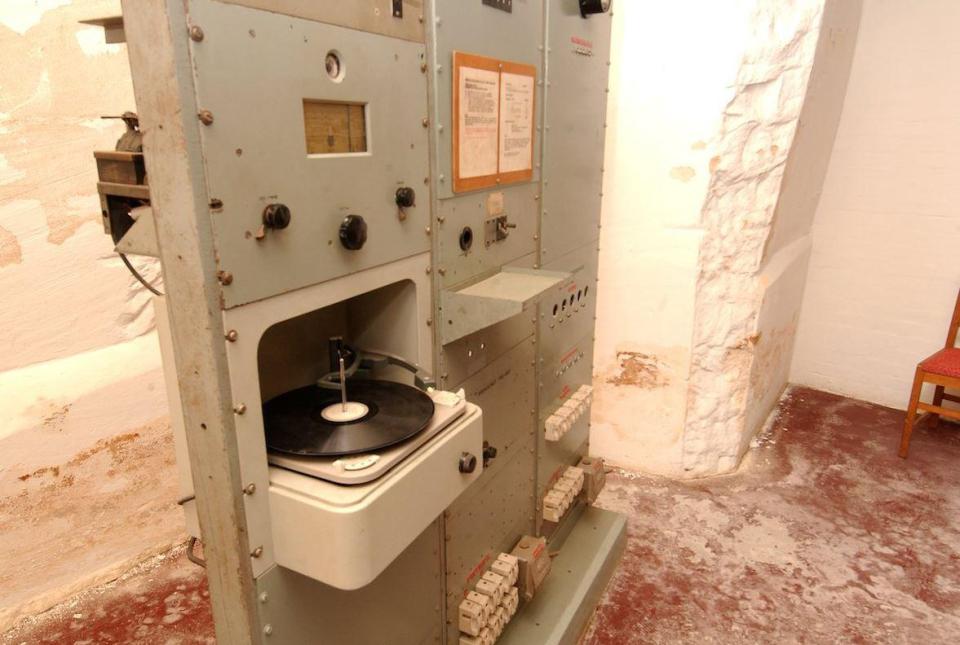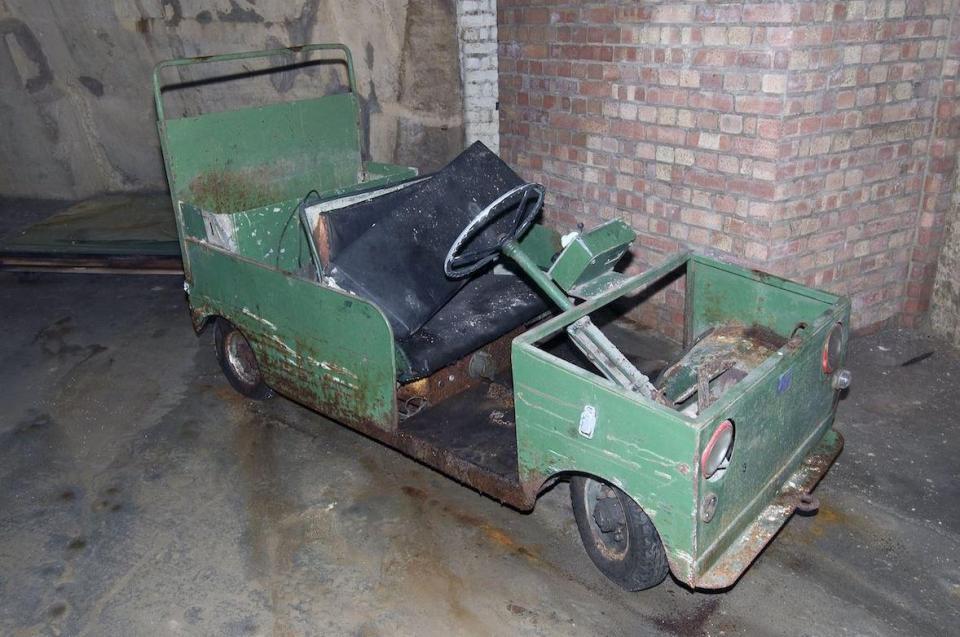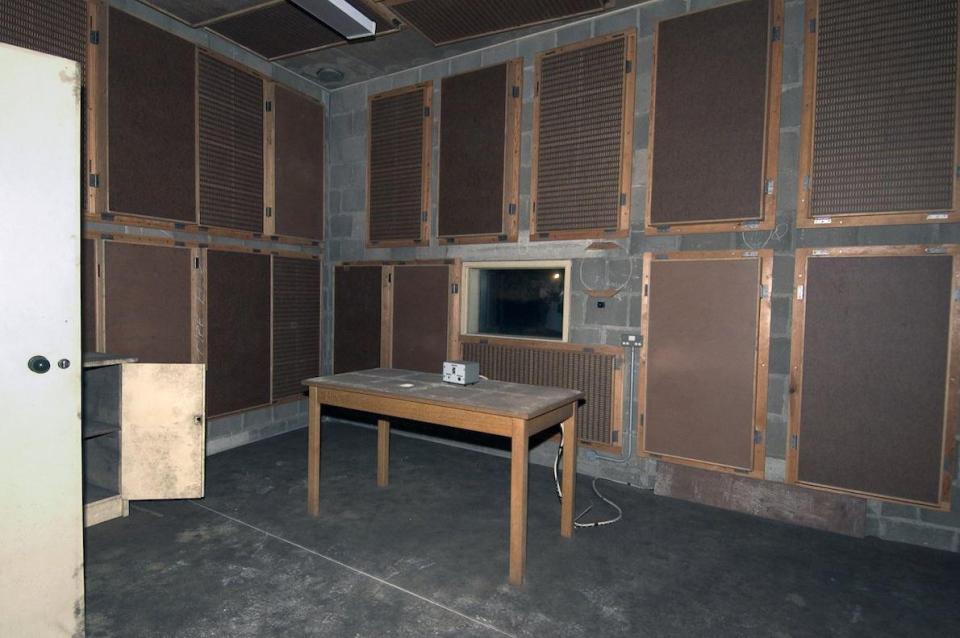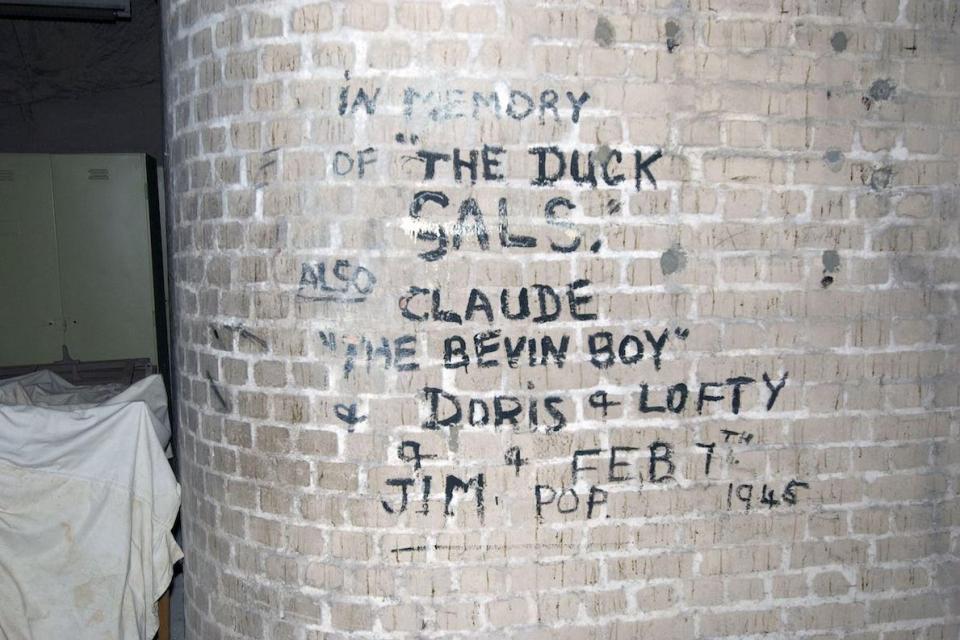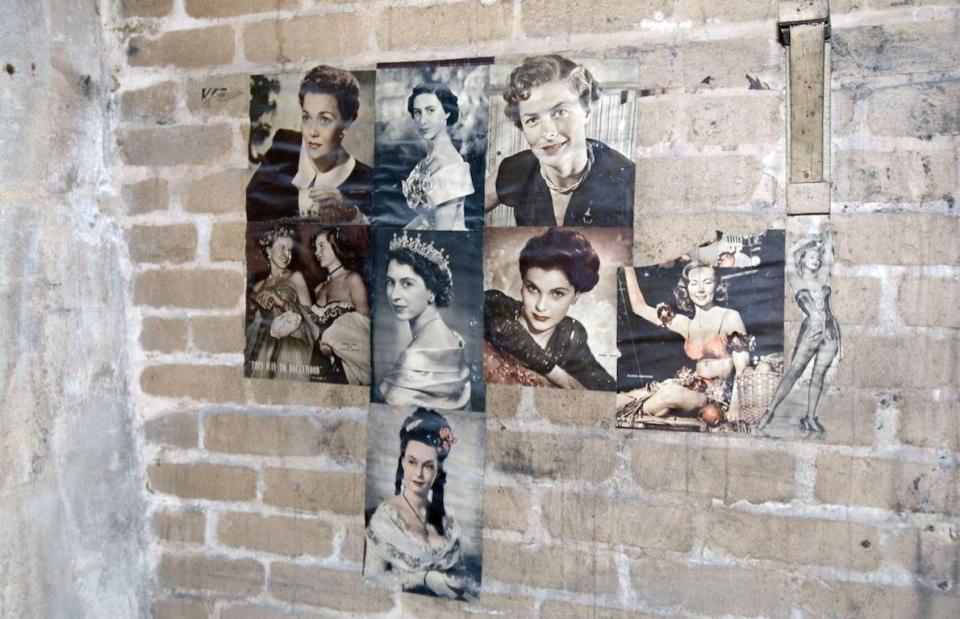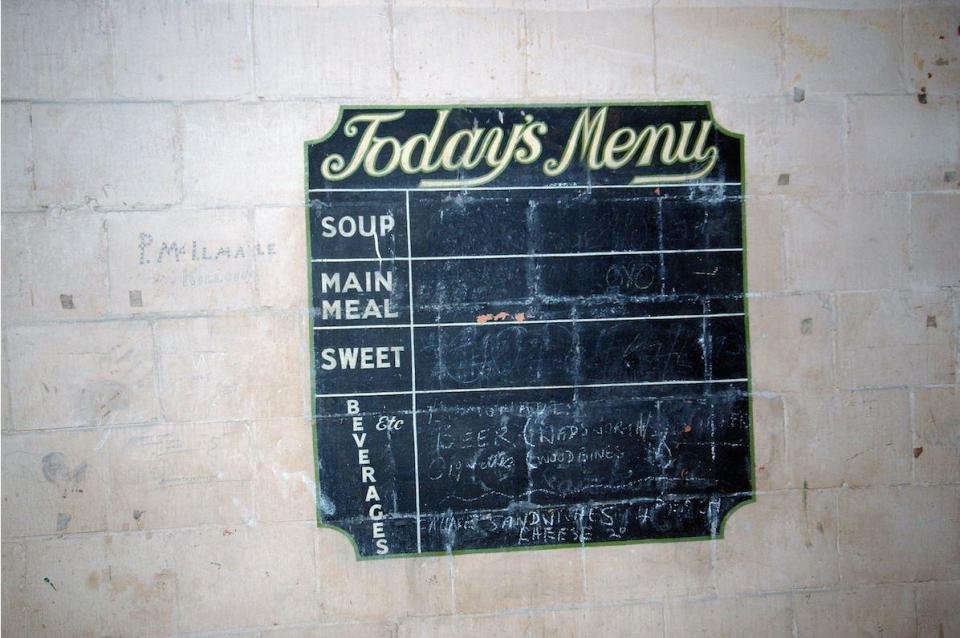Britain’s secret underground city built to protect the government in a Cold War nuclear attack – with its own telephone switch board, bakery and electric buggies
The huge complex would have held 4,000 people in complete isolation for up to three months

A SECRET underground city for government figures to bunker down in if nuclear war broke out is still deep under British countryside - with more than 60 miles of subterranean roads, a lake and a bakery.
The huge complex could have held 4,000 people in complete isolation for up to three months if atomic bombs hit with electric buggies for transport and its own telephone switchboard.
The site, code named Burlington, lies 100 feet beneath Corsham in Wiltshire, and was designed to be the site of emergency government war headquarters in the event of the Cold War.
It was built in the late 1950s and includes hospitals, canteens, kitchens and laundries, as well as offices and accommodation.
The enormous bunker was developed in a 240-acre abandoned quarry and could have housed the Prime Minister Harold Macmillan, the government and even the Royal Family.
MOST READ IN NEWS
Every detail had been thought out should thousands of people need to escape any major conflict with the Soviet Union - there was even a BBC broadcasting studio to communicate with survivors.
Historian Nick Catford reported the kitchen and dining equipment included 225 canteen tables, 2,320 dinner plates, 2,320 tea cups, 1,152 tumblers and 11 tea trolleys.
An underground lake would provide drinking water and 12 fuel tanks would keep four generators running for up to three months.
To keep things comfortable in the event of emergency use the air within the complex could also be heated to about 20 degrees.
As tensions rose between the West and the Soviet Union the reality of nuclear war became apparent and a contingency plan was made in Wiltshire.
Plans from 1955 assumed the UK would be hit by 132 atomic bombs in the event of war, with 35 targeting London.
Those bombs were expected to kill about 1.7 million people and injure another million, with housing and industry heavily affected.
In 2004 a statement on the Ministry of Defence's website acknowledged the existence of the site and stated it had been declassified.
It said: "A formerly secret Government underground site near Corsham in Wiltshire, which was a potential relocation site for the Government in the event of a nuclear war, was declassified at the end of 2004."
The site was said to be maintained until 1991, when it became too expensive to keep maintaining.
We pay for your stories! Do you have a story for The Sun Online news team? Email us at tips@the-sun.co.uk or call 0207 782 4368.


